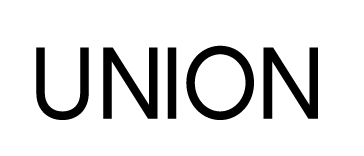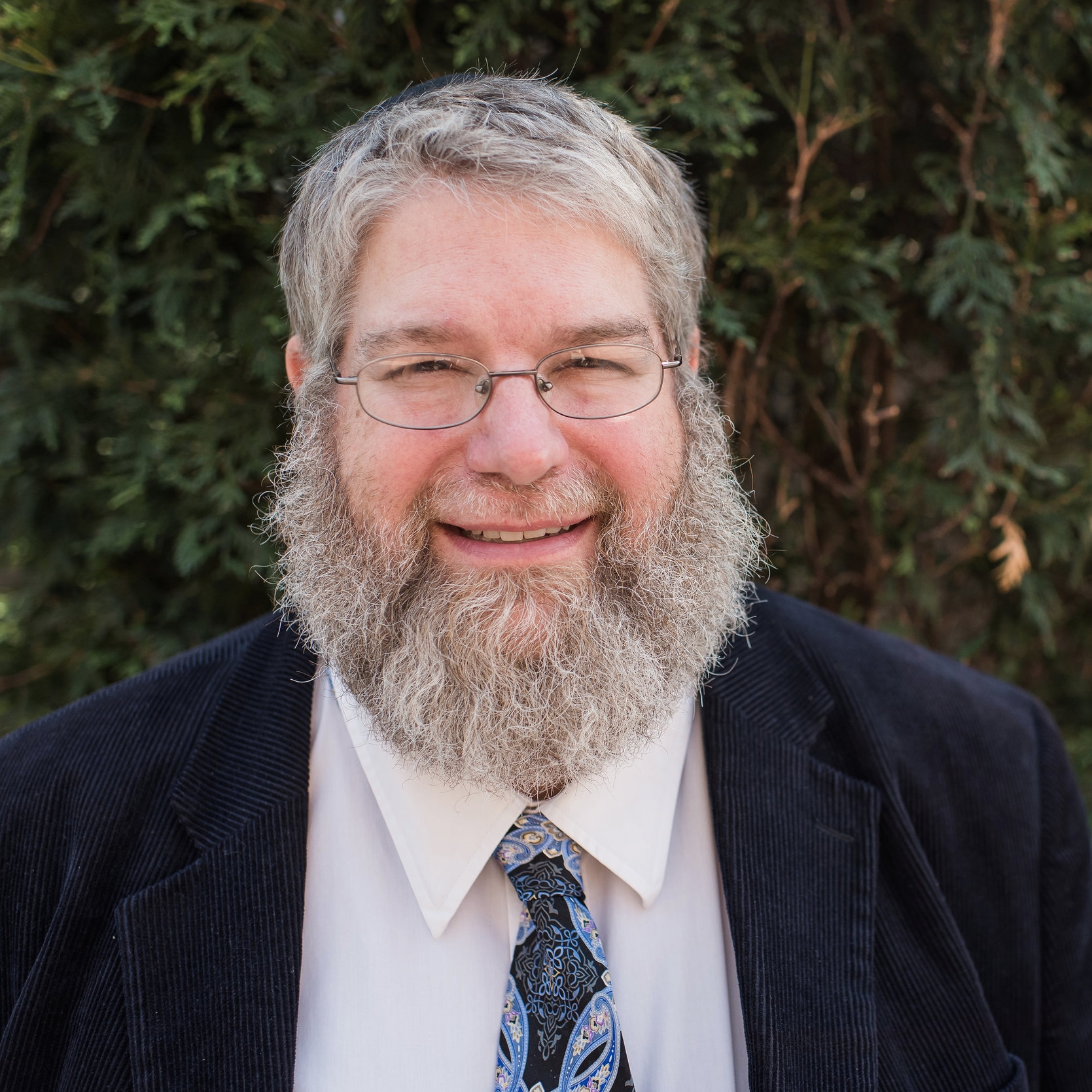Human Becomings
Parashat Bereisheet: Genesis 1:1-6:8
Rabbi Isaac Roussel, Congregation Zera Avraham, Ann Arbor, MI
In our parasha this week Hashem brings all of the animals before Adam and has him give them names (Gen. 2:19-20). We are taught to identify and categorize things. We say “This is a tree,” “That is a table,” “This is a dog.” Children do this as they learn to understand the world around them. When my daughter, Hannah, was little she saw a goat and said “Dog.” At her age everything with four legs was a dog.
This can lead us to think of these categories as unchanging. We place them in a box, well-labeled and properly stowed away. The fact is that everything and everyone is in process, ever-changing. A tree seems eternal, but if we look at it over time it grows from a seed and eventually dies. Even mountains, if watched over millennia, look more like waves, growing from tectonic collisions and shrinking from erosion.
This is supported by science. At the quantum level we are far from solid; in fact, our bodies are mostly emptiness. We are made up of particles that are in constant flux and exist in probabilities rather than fixed positions.
It is the same in Scripture. Mayim Chayim, living water, is water that flows, moves, and changes. A living body of water gives life to animals and plants. A mikveh, representing the waters of Eden, must be made from living water.
Adam is created as nishmat chayim, a living spirit (Gen. 2:7). He is not a static being, but full of potential. It is up to him to make choices that fulfill and shape that potential. He, obviously, did not always make the right choices.
This is also the genius of the Oral Torah. It allows for change and growth in the application of Written Torah as the centuries go by.
As children of Adam, so it is with us. We are not static, but a mix of potentialities. We are not really human beings, but “human becomings.” Our being is more like a snapshot or a movie still. It captures us in the moment. My son looks very different now than he did ten years ago (he is taller than me), but he is still my son. Harvard psychologist Daniel Gilbert said “Human beings are works in progress that mistakenly think they’re finished.” The choices that we make form us into who we are. They build up our attitudes, values, world views, habits, and reactions.
This is one of the reasons why our Jewish tradition is orthopraxic rather than orthodoxic. What we do forms us into who we are. Consequently, our Sages encourage us to observe the mitzvot even if we do not feel like it, because through repetition our hearts will catch up. The mitzvot shape us in holiness.
God could have sent the Messiah as a fully formed adult. But for him to be fully human he had to grow and mature and make right choices. As the author of Hebrews tells us, it was through his obedience that he became our great Kohen Gadol and perfect sacrifice (Heb. 5:8–10).
We are in a new year. During the High Holy Days we primarily looked backwards in self-examination and repentance. Now we look to the upcoming year, a year of potential. What kind of persons will we be by the next Yom Kippur? What choices will we make that will further form us? What habits might we change, eliminate, or develop?
We are “human becomings” not “human beings.” We are not static, but dynamic, ever flowing, ever changing. May we not put ourselves in a box, without hope of change. May we also not place others in carefully labeled boxes, but allow them room to be the dynamic beings that they truly are. May we enter this new year with kavannah; intention to grow in godliness. And thus we will ever grow in the image of our Father and his Messiah!

